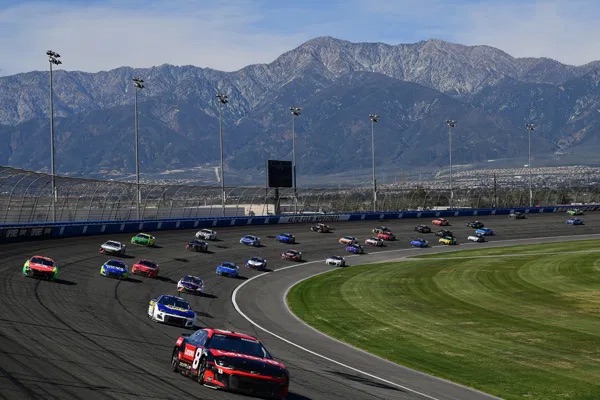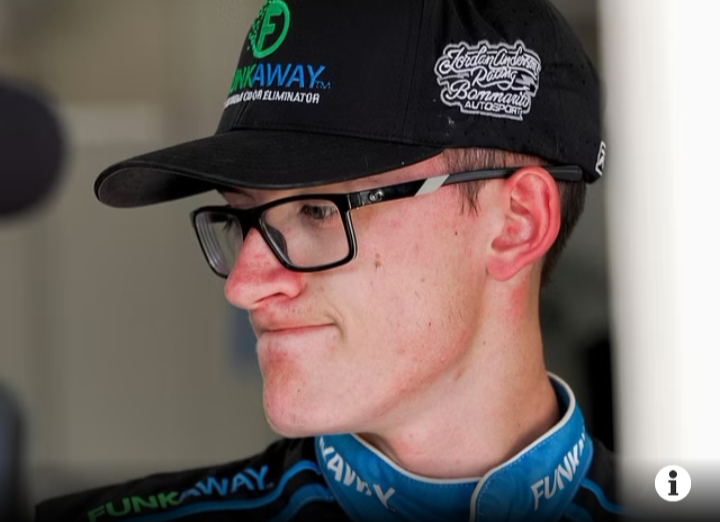
Denny Hamlin has recently expressed concerns about what he describes as a “physics problem” with NASCAR’s Next Gen cars, which he believes is significantly impacting drivers’ ability to overtake each other during races. According to Hamlin, the fundamental issue lies in the physics governing the new car design, which he argues makes passing more challenging and reduces the potential for creative racing strategies or exciting race dynamics.
Hamlin elaborated on this issue in an interview on Actions Detrimental, noting the stark contrast between the XFINITY Series and the Cup Series. He explained that in the Cup Series, the closer a car gets to the one in front, the more downforce it loses, which compromises the car’s performance. This loss of downforce happens because the air moving over the car disrupts the aerodynamic balance, rendering it difficult to maintain speed and stability. In contrast, the XFINITY Series cars exhibit different aerodynamic characteristics; when drivers get close to the car ahead, they can still manipulate the airflow to their advantage, allowing for more aggressive overtaking maneuvers.
Hamlin highlighted that, historically, cars like the Gen 4 and Gen 5 models allowed drivers to disrupt the car in front by influencing their aerodynamics, often causing them to lose traction and allowing for successful overtaking. However, the current Next Gen cars have shifted the aerodynamic focus predominantly to the underbody, minimizing the impact on the rear spoiler and reducing opportunities for drivers to affect their competitors’ performance in the same way.
The veteran driver expressed frustration with the current regulations, suggesting that the aerodynamic design changes have led to a situation where passing becomes nearly impossible, thus stifling the excitement and drama of racing. He proposed that allowing teams to develop their own packages for specific tracks might offer a potential solution, giving drivers more control over their car’s performance and possibly enhancing the competitive nature of the races.
Hamlin’s commentary reflects a broader concern within the sport about how technical regulations and design changes are influencing race dynamics. He also shared an anecdote about a discussion with his team during a race, where the challenge of passing was evident. Despite his efforts, Hamlin felt constrained by the car’s physical limitations, likening the situation to a scientific problem that drivers are racing against to solve.
In summary, Hamlin’s insights suggest a pressing need to revisit and possibly revise the aerodynamic regulations governing the Next Gen cars, aiming to restore the competitive balance and excitement that fans and drivers alike have come to expect from NASCAR racing.


